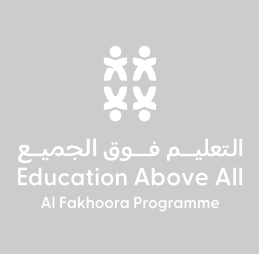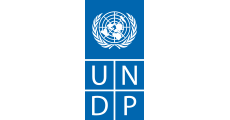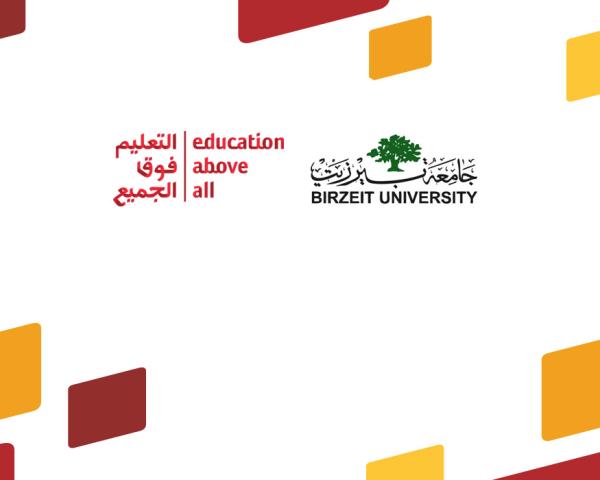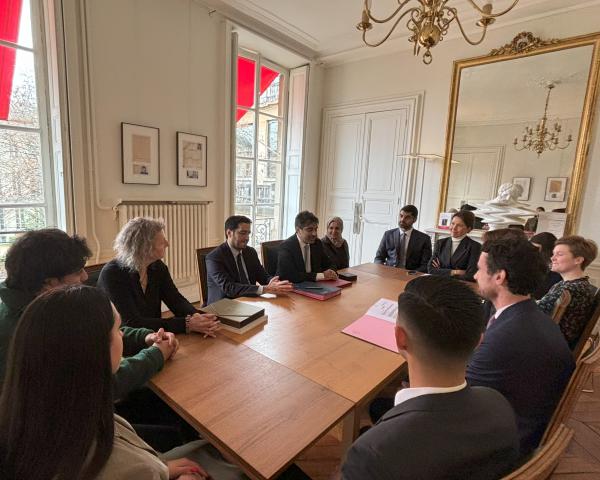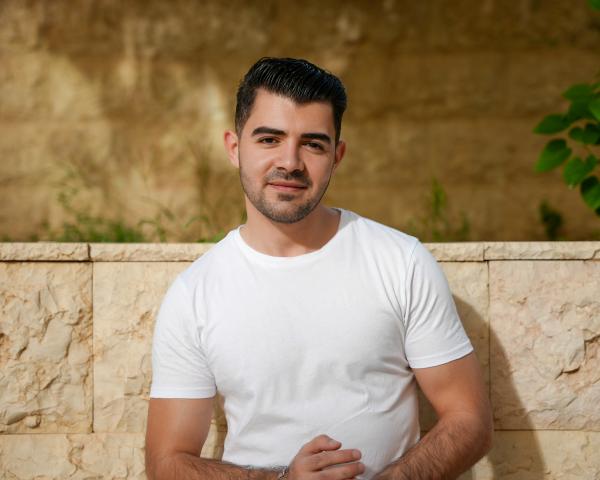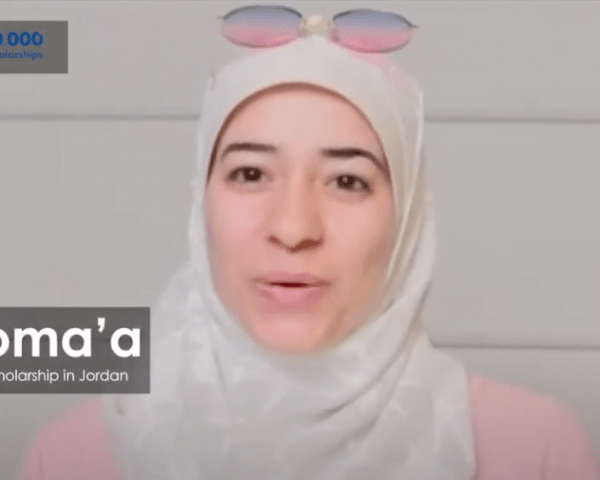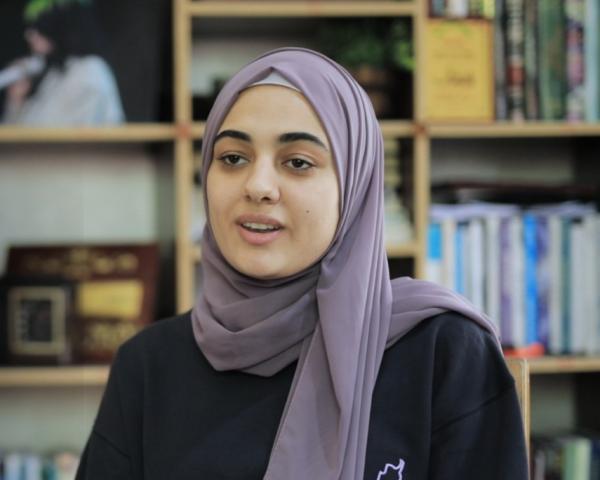Right to Education
The aim of the Right to Education Programme was to ensure increased resiliency and improved wellbeing of Palestinian children and youth through better access to quality education, diversified livelihood opportunities, e-work, and mental health support interventions. It provided a unique opportunity to respond to the recovery of the education sector in a holistic manner, integrating emergency responses into sustainable and scalable development interventions.
As a core principle for resilient recovery, the reconstruction of schools was inspired by the principles of Building Back Better (BBB) through mainstreaming disaster-risk reduction into longer-term sustainable development to reduce vulnerability of communities. As such, the programme widely mainstreamed Child Friendly School (CFS) principles in the overall reconstruction process of various educational institutions, in cooperation with United Nations International Children’s Emergency Fund (UNICEF) and the Ministry of Education and Higher Education (MoEHE), in order to ensure adequate and child-centered learning environments for Gaza’s children and youth, coupled with upgraded infrastructure and renewable energy.
Adopting a comprehensive approach, the Right to Education Programme interventions also made tangible improvements in the provision of mental health and psychosocial support services to students and youth in Gaza, and engaged children in the beautification of their schools. Additionally, the E-Work component of the Right to Education Programme focused on developing the capacities of national initiatives specialized in creating employment opportunities through establishing and supporting a freelancing culture among Gaza youth.
This project was funded by Qatar Fund for Development.
Spotlight: Jamal Abdul Nasser – The First Child-Friendly School in Palestine
Al Fakhoora, in collaboration with UNICEF, UNDP, and MoEHE, was able to introduce the first prototype of a state-of-the-art school in Gaza, integrating CFS concepts in design and implementation. The school buildings at Jamal Abdul Nasser school are structurally stable, weatherproof according to local Gaza environmental conditions, climatically comfortable, easily exited in case of emergency, and well-integrated with the environmental and cultural context. The school serves as a prototype for child-friendly school design in Gaza, with the intention of promoting similar initiatives throughout Palestine.
Achievements:
- Reconstruction of 4 totally damaged schools, including furniture
- Rehabilitation and expansion of 15 school extensions, with an additional 119 classrooms
- Application of Child Friendly School Principles in two schools in Gaza, for the first time
- 182 classrooms added in targeted governmental schools
- 14,397 students benefited directly from the recovery of public schools
- Double shifts decreased from 66.8% in 2014-2015 to 58.1% in 2016-2017
- Installation of 406 KW solar energy in one targeted school
- Construction of 5 water wells and 5 small desalination plants
- Construction of 8 Multi-Purpose Halls, to be used as Emergency Shelters
- Construction of 7 WASH facilities, comprising 70 toilets
- Rehabilitation of 13 damaged private schools
- Approximately 4,991 students have benefited from the targeted private schools
- Rehabilitation of 5 training centers
- Recovery of 10 higher education institutions, serving 73,560 students
- 21 university buildings recovered
- 96 lecturing halls, 15 labs, 117 administration offices, and 55 toilets rehabilitated and renovated







